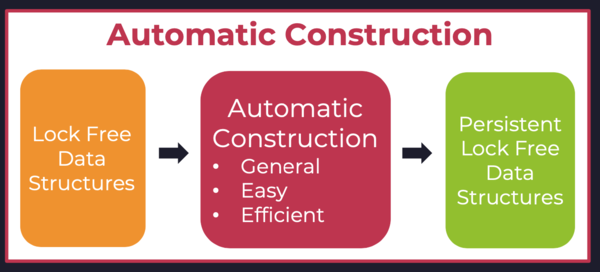Abstract:
Fast non-volatile memory (NVM) technology changes the landscape of file systems. A series of research efforts to overcome the traditional file system designs that limit NVM performance. This research has proposed NVM-optimized file systems to leverage the favorable features of byte-addressability, low-latency, and high scalability. The work tailors the file system stack to reduce the software overhead in using fast NVM. As a further step, NVM IO systems use the memory-mapped interface to fully capture the performance of NVM. However, the memory-mapped interface makes it difficult to manage the consistency semantics of NVM, as application developers need to consider the low-level details. In this work, we propose Libnvmmio, an extended user-level memory-mapped IO, which provides failure-atomicity and frees developers from the crash-consistency headaches. Libnvmmio reconstructs a common data IO path with memory-mapped IO, providing better performance and scalability than the state-of-the-art NVM file systems. On a number of microbenchmarks, Libnvmmio gains up to 2.2x better throughput and 13x better scalability than file accesses via system calls to underlying file systems. For SQLite, Libnvmmio improves the performance of Mobibench and TPC-C by up to 93% and 27%, respectively. For MongoDB, it gains up to 42% throughput increase on write-intensive YCSB workloads.









































